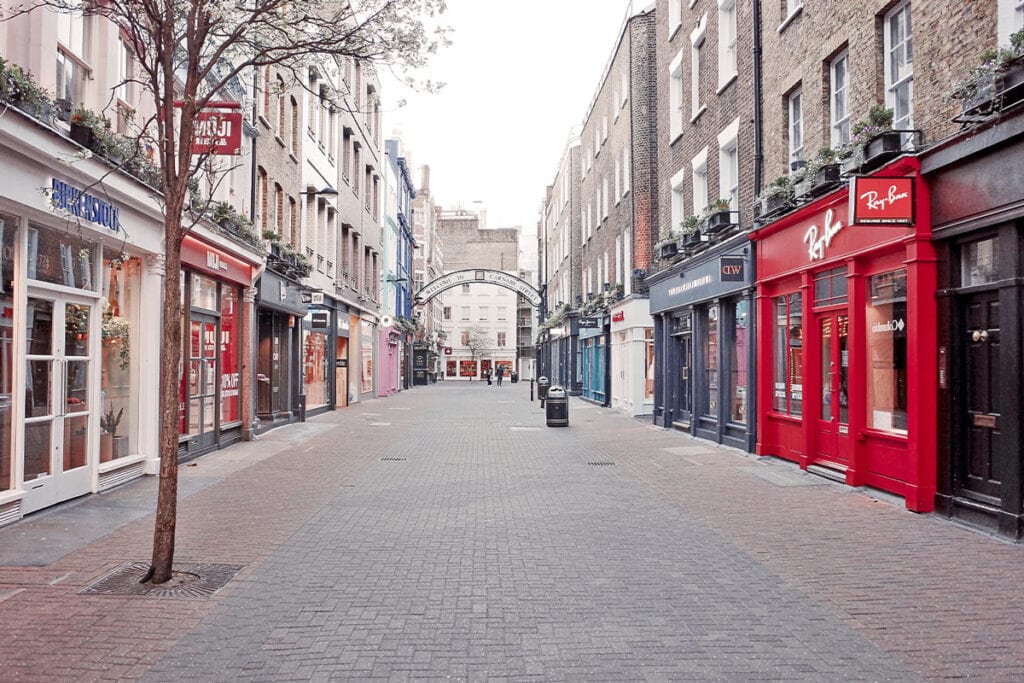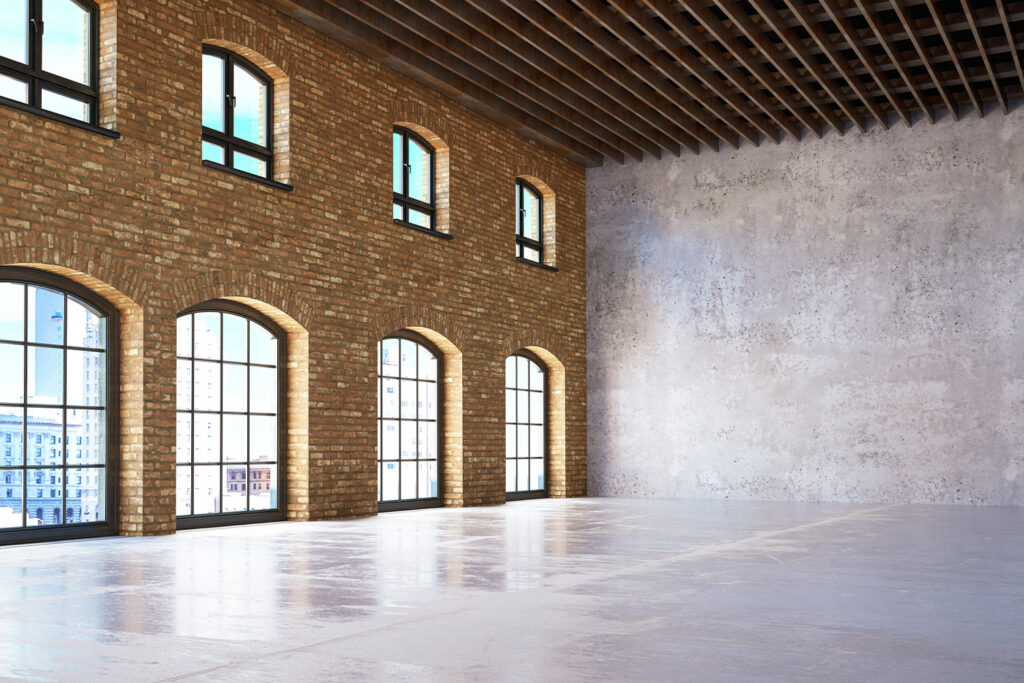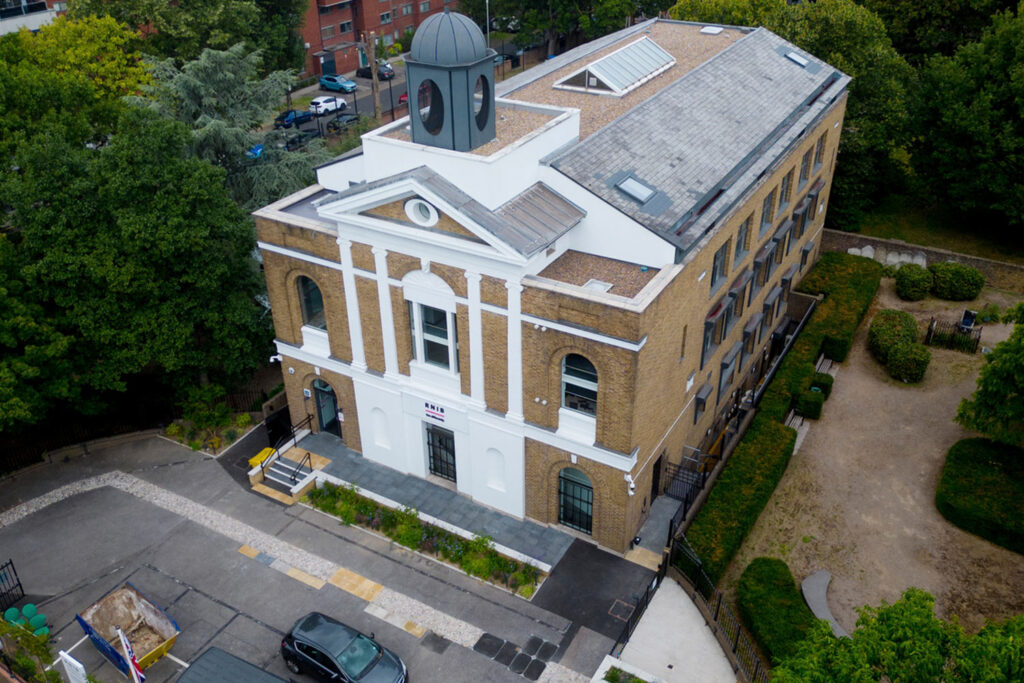Positioning existing assets to deliver sustainable business performance
Never before have our existing built assets come under such pressure. The impact of Covid-19 on everything from our workplaces to hospitality and leisure facilities, healthcare premises to learning establishments is certainly a hot topic of conversation.
Something we’d discuss at our dinner tables around the world, if it weren’t for the fact that, for many, they are no longer our dinner tables, they have become our offices.
The global phenomenon we are witnessing has shone a spotlight on the challenges that the built environment is facing. Whilst you could be forgiven for thinking these issues have emerged as a result of the challenges which 2020 has bestowed upon us, they are in fact the industry’s guilty secret, all too often ignored and inadequately addressed by many.
For a number years now, we have heard about the death of the high street, underinvestment in our schools and hospitals, spiralling property costs, and the urgent need to reverse the negative impact on our environment. More recently the issues of flexible working, wellbeing and productivity and the role of technology in shaping the future of the workplace have all become common placed themes in property and real estate.
Whilst these threats, and dare I say opportunities, have existed for a number of years, you would be forgiven for thinking that the lack of momentum meant that the market was resilient and would naturally evolve over time. The sudden and unprecedented action, of a global workforce retreating from the workplace, has however accelerated disruption and exposed the true fragility of our workplaces.

As the conversation moves from the dinner table to the boardroom, the focus is now turning to the transformation and repurposing of assets. Be that on a building level responding to environmental, social and economic impacts, or at a cities level as the need to regenerate failing town centres and local economies become ever more critical.
It could be argued that no sector is immune, whether it is in responding to challenges across many of them, but also opportunities that have emerged in others. When viewed in parallel with the often-quoted statistic that 80% of the building stock needed by 2050 already exists today, are we witnessing a turning point, an opportunity for those in property and real estate to step forward and lead us into the new normal?
With the crystallisation of the legacy challenges and opportunities that exist, the sudden and unprecedented impact brought to the fore by the global pandemic, and the recognition that the majority of our future asset needs are already in existence, the need to intensify focus on existing assets has never been greater.
the need to intensify focus on existing assets has never been greater
The emerging economic landscape has the potential to create a lasting impact on our profession, our people, our workplaces and our environment. As businesses postpone (or even cancel) investments, and operational budgets get challenged, the existing property and real estate function will come under greater scrutiny as already stretched resources are diverted to core business activities.
Inevitably, the role which property and real estate play in the broader business context will now be questioned by many organisations. Those responsible for property and real estate will need to think creatively and act fast while at the same time, clearly articulating how the property which they own and/or occupy can continue to deliver sustainable value for their business.
For those with a large, dispersed and varied portfolio, the issues will be more pronounced, but with that comes greater opportunity for real transformation.

As organisations start to re-evaluate their ‘existing asset value chain’, they will need to ask themselves a question at each step of the process:
- How are we currently positioned to optimise our existing assets to deliver sustainable business value?
- How do we best utilise our existing assets to ensure they enhance value and deliver improved business performance?
- How do we create conditions to successfully manage the implementation and delivery of our change programmes?
- How, during the process of transformation and returning to business as usual, do we adopt control measures which safeguard compliance through the application of knowledge and technical expertise?
At Buro Happold, we have a strong tradition of working with existing assets, which rivals our award-winning and innovative work in the realisation of many of the world’s most iconic buildings and structures.
Our Asset Consultancy team engages directly with those who currently own and/or occupy property, allowing us to more accurately define their unique challenges, support them to better align their existing property function with the core business need, and create client-focused solutions that deliver better outcomes. Our team has extensive practical knowledge and experience in the areas of strategy and transformation, data and technology, health and wellbeing, asset performance and capital investment planning, alongside a deep-rooted tradition of engineering design within the UK, Europe and internationally.
By applying our skills and experience in these areas across the four elements of the existing asset value chain of optimise, enhance, manage and control, we better position our clients to demonstrate the value of their assets and their role in delivering sustainable business performance.








